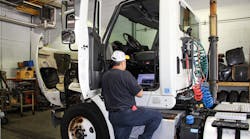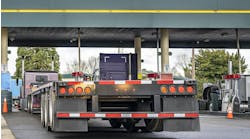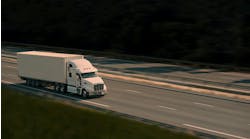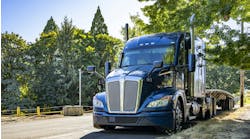Procuring a new asset for your fleet can seem like a costly decision. Upfront costs of assets are at an all-time high and that may cause many fleets to defer the purchase of new equipment. But is that really the right decision?
The truth is hanging on to an old asset could end up costing you more money than purchasing a new one. Older assets typically need more maintenance and repair than their newer counterparts, affecting total cost of ownership. While maintenance costs are just one piece of the asset replacement decision, they are a very important piece. If you are spending more than $0.13 to $0.14 per mile each month on maintenance and repair, it’s time to consider your asset replacement options.
While it is nearly impossible to get a new vehicle these days, if your assets are piling up maintenance and repair costs, you need to do a TCO calculation so you can be prepared to place a truck order once the order boards open up for 2022.
To help you decide if it is time to replace an asset, you need to understand fully what the existing asset is costing you to operate. This will require keeping keep track of all expenses related to the maintenance and repair of each asset. Make sure you are keeping accurate records of cost of preventive maintenance, repairs between PMs, and breakdowns.
Ideally, the only time you want to see a truck in the shop is for its scheduled PM service. If you start to see trucks coming in between PMs, you need to investigate the reason. Are PMs being completed properly? Are certain problems recurring? Is that particular asset being utilized more than others so that the PM cycle needs to be adjusted to account for a change in duty cycle?
Knowing down to the penny what you are spending on maintenance and repair of each vehicle in your fleet ensures your TCO number is accurate. When it comes to asset replacement, $0.13 can make a big difference.
Jane Clark focuses on managing the member services operation at NationaLease as vice president of member services. She works to strengthen member relationships, reduce member costs, and improve collaboration within the NationaLease supporting groups.



